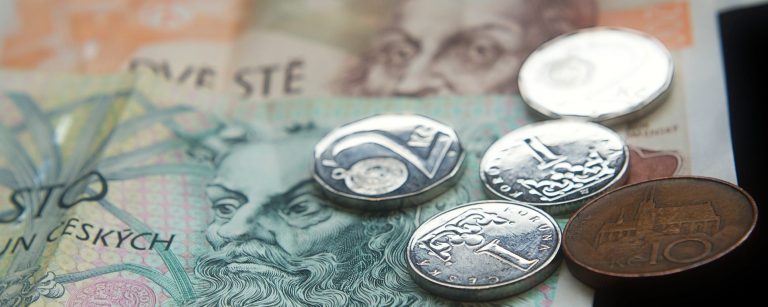In the CIC2030 project, IKEM is examining the investment needs to finance the 2030 climate protection goals in Germany, Latvia and the Czech Republic.

The Climate Investment Capacity project aims to address that challenge and build new capacity in Germany, Latvia and Czechia. The starting point is already existing knowledge and know-how which the project will transfer and adapt to national circumstances with the help of implementing partners. Building on a learning-by-doing approach, the project will produce:
The project will co-design these products with national target groups thereby addressing their needs and incorporating their data, expertise and knowledge so that they could co-own and imbed the products into their decision-making. Based on this new knowledge and know-how, these actors will be able to structure and quantitatively sketch the 2030 investment challenge, analyze the status quo, and develop a strategy for raising capital.
As part of the project, the following studies and maps of the financial and investment flows in the respective countries were created:
Kamenders, Agris et al.
“Nepieciešamās investīcijas Latvijas enerģētikas un klimata mērķu 2030 izpildei”, Rīgas Tehniskā universitāte (RTU). 2020.
Valentová, Michaela et al.
Analýza investičních potřeb v ČR. Budovy a obnovitelné zdroje energie. Praha: České vysoké učení technické v Praze. 2020.
Juergens, Ingmar et al.
Final report on the assessment of investment needs and gaps in relation to the 2030 climate and energy targets of Germany. A deliverable under the EUKI project “Climate Investment Capacity – Strategies for Financing the 2030 Targets”. European Climate Initiative EUKI. 2019.
Valentová, Michaela; Knápek, Jaroslav; Novikova, Aleksandra
Status report 2017: Buildings and renewable energy supply and infrastructure. Prague: Czech Technical University in Prague. 2019.
Kamenders A., Rochas C., Novikova A.
Riga Technical University (RTU) 2019.
aleksandra.novikova@ikem.de
+49 (0)30 408 1870-10
Climate investment capacity (CIC): climate finance dynamics & structure for financing the 2030 targets
Principal: Federal Ministry for the Environment, Nature Conservation and Nuclear Safety
Funding programme: Europäische Klimaschutzinitiative (EUKI)
Project partner: Czech Technical University in Prague, Technische Universität Riga
Duration: 09/2018–02/2021
© Institute for Climate Protection, Energy and Mobility – Law, Economics and Policy e.V.